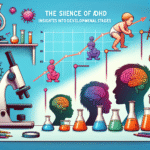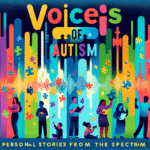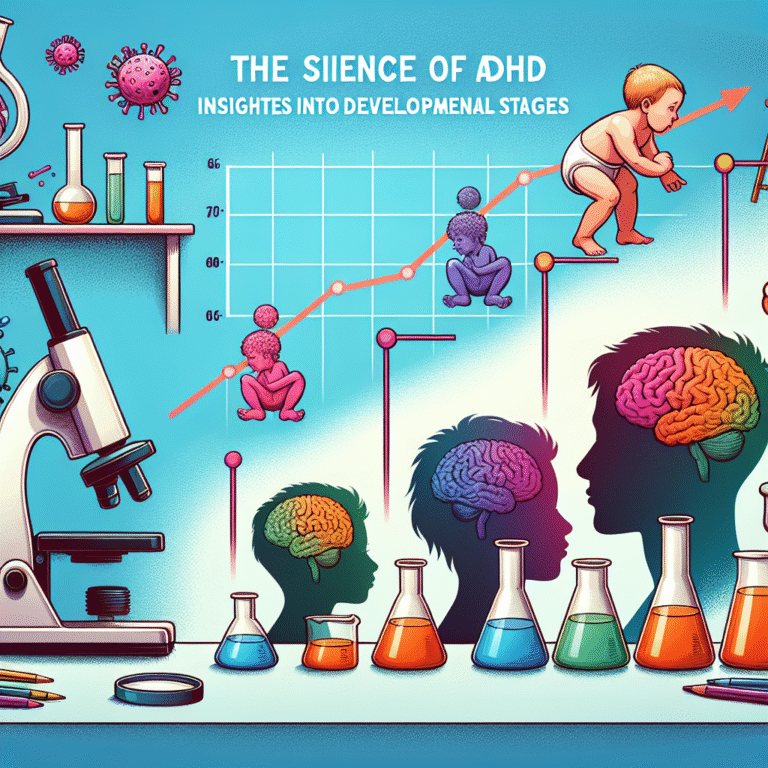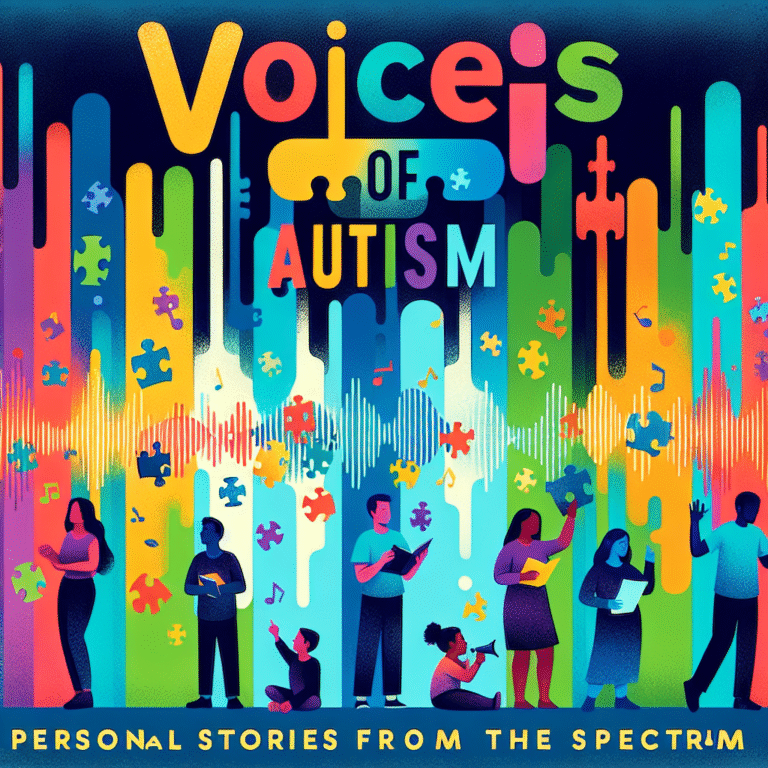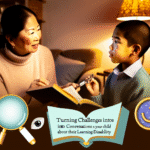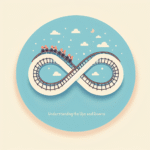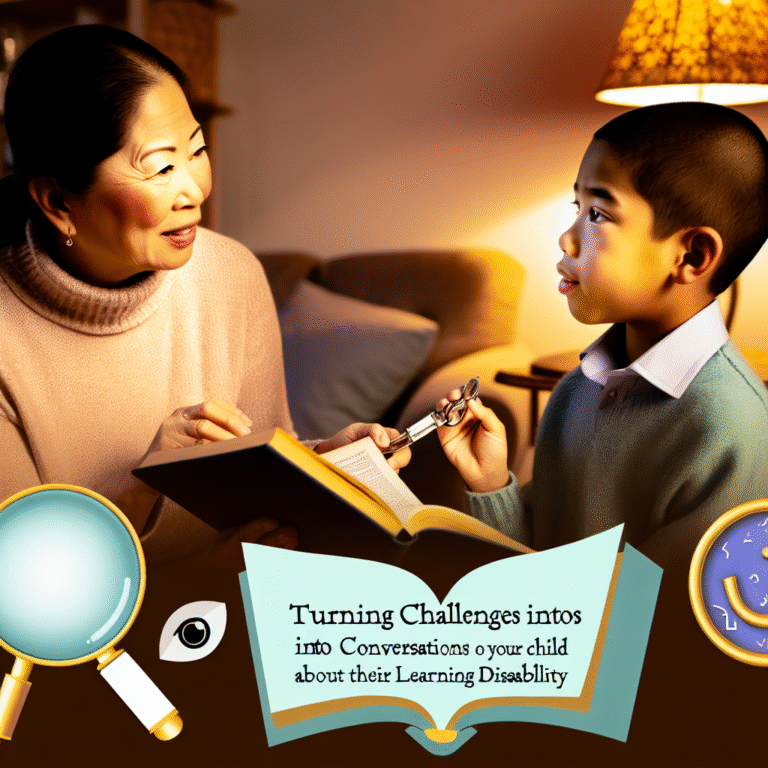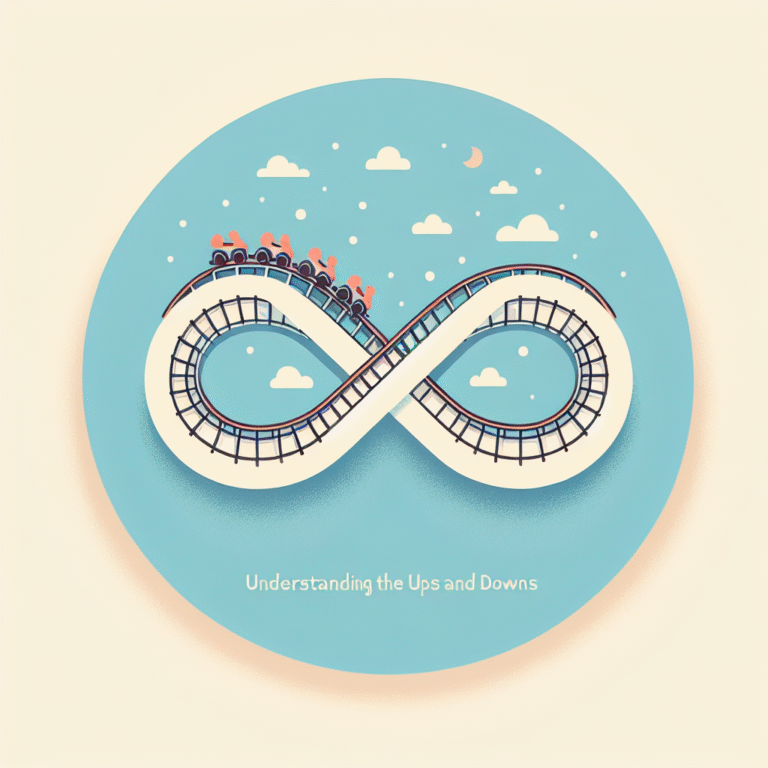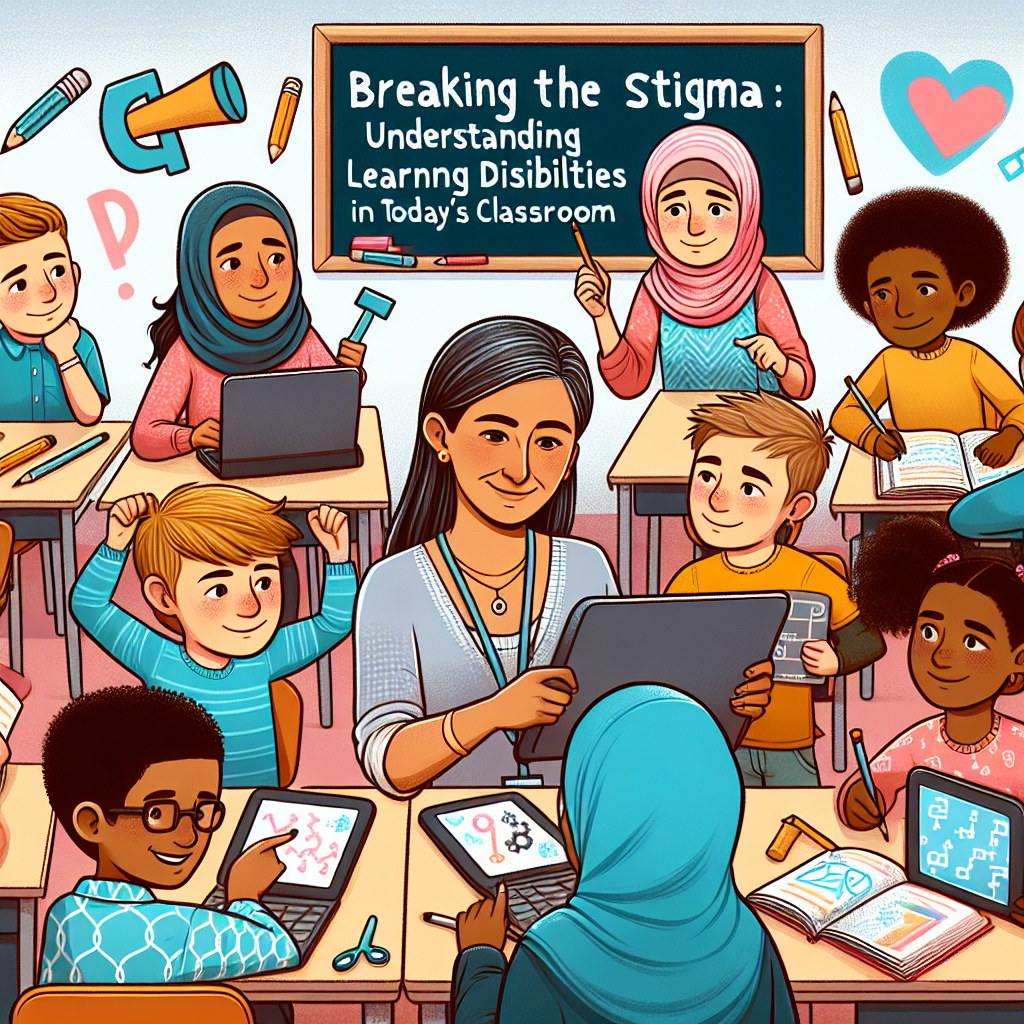
Introduction
Imagine stepping into a classroom where every child is treated as an individual with unique strengths and challenges. Here, learning disabilities are not stigmatized; instead, they are understood, acknowledged, and supported. Unfortunately, this ideal is far from reality in many educational settings. The phrase “Breaking the Stigma: Understanding Learning Disabilities in Today’s Classroom” encapsulates the ongoing battle to change perceptions and create a more inclusive environment for all students. This article will explore the various dimensions of learning disabilities, offering insights, real-world examples, and actionable strategies to foster an understanding mindset in classrooms today.
What Are Learning Disabilities?
Learning disabilities are neurological disorders that affect a person’s ability to interpret information. This can manifest in various ways, hindering academic performance, social skills, and even emotional well-being. Common types include:
- Dyslexia: Affects reading skills.
- Dyscalculia: Impacts mathematical abilities.
- Dysgraphia: Hinders writing and fine motor skills.
- Attention Deficit Hyperactivity Disorder (ADHD): Affects focus and impulse control.
Understanding the Statistics
Recent studies indicate that about 1 in 5 students has a learning disability. However, misconceptions persist. A 2020 report revealed that only 48% of teachers felt adequately trained to support students with these challenges. This disconnect underscores the importance of Breaking the Stigma: Understanding Learning Disabilities in Today’s Classroom.
| Type of Learning Disability | Prevalence (%) |
|---|---|
| Dyslexia | 5-10% |
| Dyscalculia | 3-7% |
| Dysgraphia | 5-7% |
| ADHD | 5-10% |
The Impact of Stigma
Case Study: The Untold Stories
Take the story of Anna, a bright 10-year-old with dyslexia. Despite her intelligence, she struggled to keep up during reading sessions. Instead of encouragement, her teacher often criticized her for slow progress. The stigma attached to her learning disability left lasting emotional scars. Anna’s case illustrates how unchecked perceptions can discourage children from reaching their potential.
Emotional Consequences
Stigmatization leads to self-doubt, anxiety, and other emotional challenges. In classrooms that fail to recognize and adapt to learning disabilities, students often feel marginalized or ashamed. Breaking the Stigma: Understanding Learning Disabilities in Today’s Classroom means not just recognizing these issues but actively working to dismantle them.
Practical Strategies for Educators
Educators play a crucial role in shaping attitudes toward learning disabilities. Below are actionable strategies to foster an inclusive classroom environment:
Foster Open Conversations: Encourage dialogues about learning differences. Create a space where students can share their experiences without fear of judgment.
Implement Individualized Learning Plans (ILPs): Tailor educational strategies to fit individual student needs. This ensures that every child has the necessary resources to thrive.
Use Assistive Technology: Various tools like speech-to-text software can help students with dyslexia or dysgraphia express their ideas without the hindrance of their disabilities.
Promote Peer Support: Establish peer mentoring programs where students with and without learning disabilities can collaborate. This not only nurtures empathy but also breaks down barriers.
- Professional Development: Seek ongoing training for teachers to better understand learning disabilities. Proper education allows educators to support their students effectively.
Case Study: A Transformative School Initiative
At Oakwood Elementary, the administration implemented a comprehensive training program for teachers focused on learning disabilities. They emphasized empathy and practical strategies to support affected students. As a result, reports of bullying dropped by 50%, and students felt safe to participate actively in class discussions.
This initiative exemplifies the essence of Breaking the Stigma: Understanding Learning Disabilities in Today’s Classroom by creating an environment of support and understanding.
Parental and Community Engagement
Parents and the broader community must also play a role in stigma reduction. Here’s how they can contribute:
1. Educate Yourself and Others
Parents should take the initiative to learn about their child’s learning disability. Sharing this knowledge with other parents can foster a supportive community.
2. Advocate for Resources
Engaging with school administration to advocate for additional resources dedicated to supporting students with learning disabilities is essential.
3. Encourage Open Discussions
Facilitating conversations about learning disabilities can normalize the subject and reduce stigma. Community awareness campaigns can educate others about these challenges.
Creating an Inclusive Curriculum
An inclusive curriculum is vital for accommodating diverse learners. Here are ways to implement it:
1. Universal Design for Learning (UDL)
This framework emphasizes flexible learning environments that support individual learning differences. For example, allowing students to demonstrate knowledge through projects, presentations, or traditional testing can cater to different strengths.
2. Differentiate Instruction
Techniques such as tiered assignments allow students to work at various levels of complexity, ensuring everyone can engage with the material.
3. Incorporate Diverse Learning Modalities
Mixing visual, auditory, and kinesthetic learning strategies helps reach all students. For instance, using multimedia presentations can enhance understanding for visual learners.
Case Study: A Successful UDL Implementation
Riverdale High adapted a UDL framework, resulting in improved scores across the board. Students—with and without learning disabilities—reported increased engagement and satisfaction. This reinforces the importance of Breaking the Stigma: Understanding Learning Disabilities in Today’s Classroom through practical application.
The Role of Assessment and Feedback
Importance of Accurate Assessment
Accurate assessment methods can distinguish between a student’s effort and their actual understanding of the content. Traditional assessments may not be effective for students with learning disabilities. Hence, schools should:
- Use formative assessments to guide instruction and receive feedback continually.
- Employ alternative assessments to account for learning disabilities, highlighting student understanding rather than merely rote recall.
Feedback That Empowers
Feedback should focus on effort and improvement. Instead of concentrating solely on grades, teachers can encourage students by acknowledging their progress, thereby reducing anxiety associated with performance.
Building a Supportive Community
Collaboration with Specialists
Collaboration with specialists—such as special education teachers, psychologists, and therapists—can offer invaluable support to both educators and students. Regular communication ensures that everyone involved understands the student’s challenges and methods to support them.
Organize Workshops
Schools can host workshops to educate parents, teachers, and the community about learning disabilities. These platforms allow for sharing experiences and learning effective strategies.
Case Study: The Power of Community Support
Sunnyvale School organized a parent-teacher workshop that invited experts to discuss learning disabilities. As a result, the community became more informed, fostering an inclusive environment that benefited all students, thus reinforcing Breaking the Stigma: Understanding Learning Disabilities in Today’s Classroom.
Conclusion
Creating an inclusive classroom that successfully addresses learning disabilities is not just an academic obligation; it is a moral imperative. Breaking the Stigma: Understanding Learning Disabilities in Today’s Classroom requires concerted efforts from teachers, parents, and the community. By fostering awareness, empathy, and understanding, we can create learning environments where all students can thrive.
Key Takeaways
- Understanding learning disabilities is crucial for fostering an inclusive environment.
- Implementing practical strategies can significantly reduce stigma.
- Collaboration among educators, parents, and specialists is vital.
- Continuous education and advocacy can lead to meaningful change.
FAQs
1. What are the signs of learning disabilities?
Signs often include difficulties in reading, writing, math, or trouble with attention and focus. Observing these challenges early can lead to timely support.
2. How can teachers support students with learning disabilities?
Teachers can implement individualized learning plans, use multisensory teaching methods, and create a supportive classroom environment to help students succeed.
3. What role do parents play in supporting children with learning disabilities?
Parents should advocate for their child’s needs, collaborate with teachers, and foster open conversations at home about their learning challenges.
4. Are learning disabilities the same as intellectual disabilities?
No, learning disabilities occur despite average or above-average intelligence. Students with learning disabilities can excel in areas outside their challenges.
5. How can we promote awareness about learning disabilities in the community?
Hosting workshops, community events, and awareness campaigns can help educate the public and reduce stigma surrounding learning disabilities.
In our journey to create inclusive classrooms, let us remember: understanding and awareness are the pillars of support for our students. By collectively striving to Break the Stigma: Understanding Learning Disabilities in Today’s Classroom, we pave the way for a brighter, more equitable educational landscape. Together, we can help every child shine, ensuring that obstacles become stepping stones toward success.
